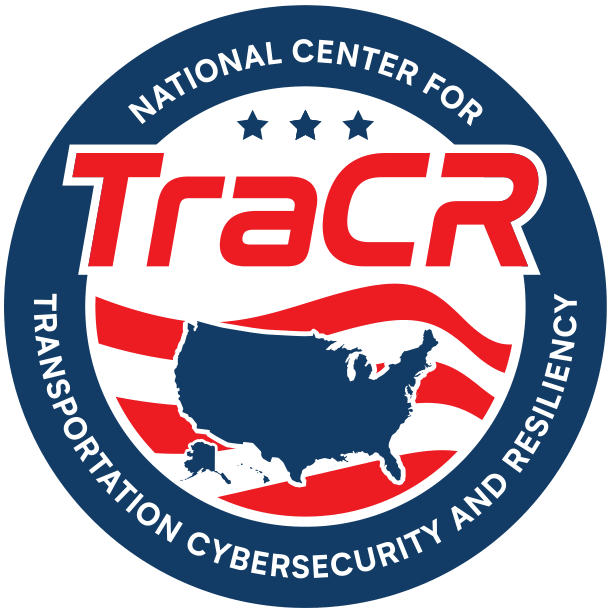Wide Range of Applications
Proven use cases across multiple domains. Scenic has built-in support for a variety of simulators and application domains.
Autonomous Vehicles
With Scenic, one can model variations of dynamic and stochastic multi-agent interactions between an autopilot and traffic participants such as pedestrians, cyclists, etc. Scenic is an official scenario modeling language for the CARLA simulator.
Robotics
Scenic has been interfaced to the Webots and Gazebo simulators to train, test, and debug robots in a variety of applications.
Extended Reality
Interfaced to Unity, Scenic can be used to programmatically generate physical scenarios to test and train humans in augmented and virtual reality. Scenic has been used in diverse domains such as healthcare (e.g. stroke patient physical rehabilitation) and tactical training in sports. See more details here.
Reinforcement Learning
Scenic has also been interfaced to Google Research Football simulator to train, either online or offline, reinforcement learning agents to play soccer. See our paper for details.
And more...
You can find a complete list of supported simulators here. Scenic is also designed to be easy to interface to new simulators: see our documentation for details. If you have ideas for new simulators or application domains, let us know on our forum!




